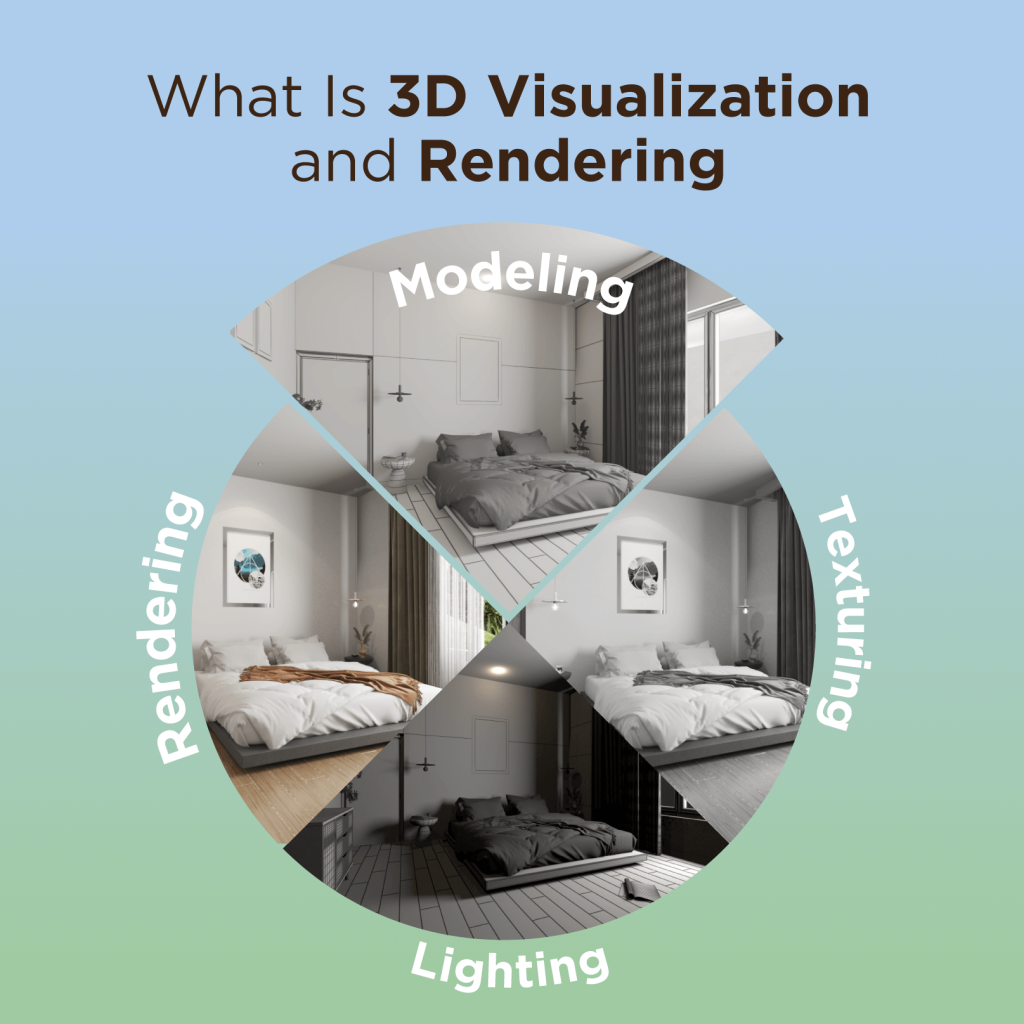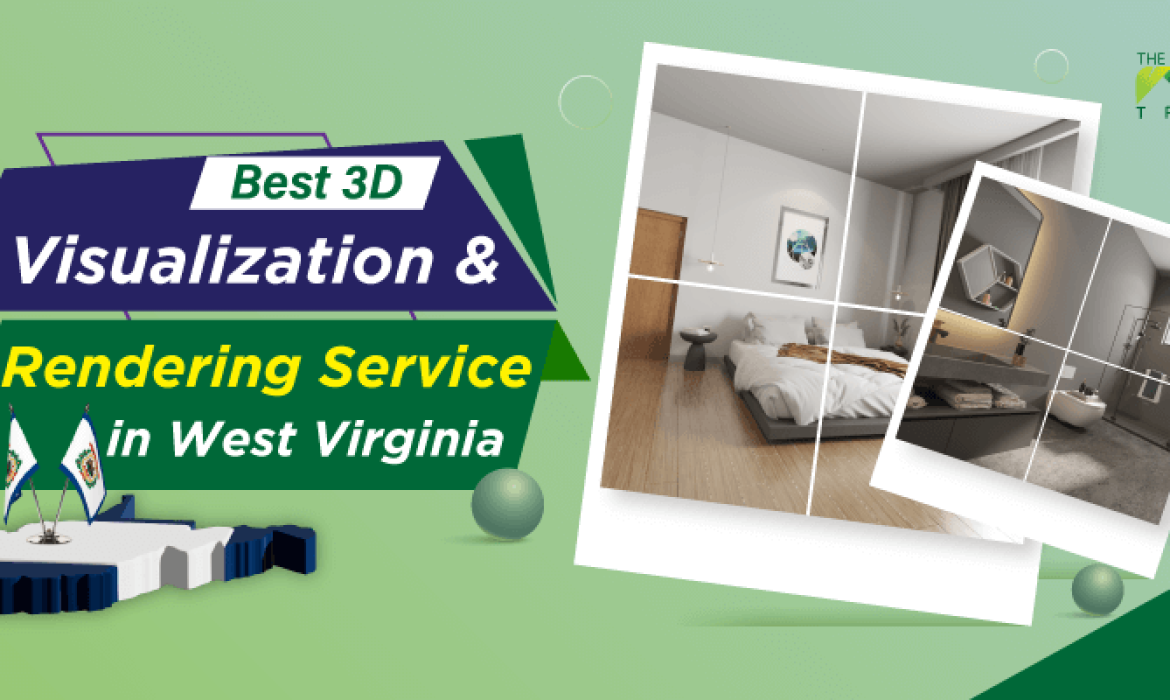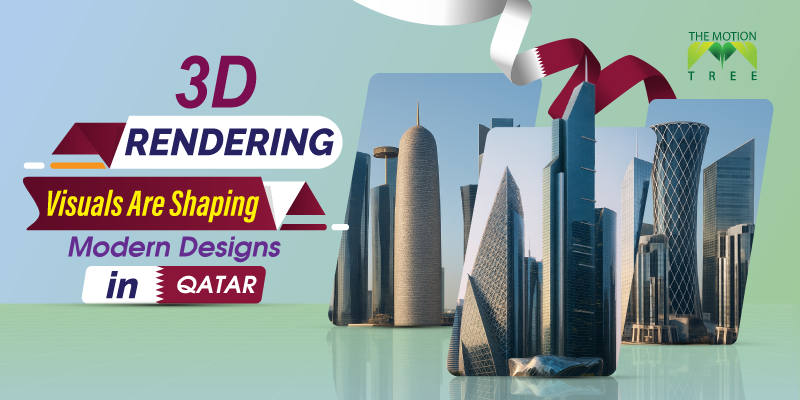![]() +1 929-458-6213
+1 929-458-6213
If you’re working on a project in West Virginia, seeing it before it’s built makes all the difference. That’s where 3D visualization and rendering services in West Virginia come in. Those services can help you turn ideas into clear, detailed visuals. It can clearly show your clients, investors, or team know exactly what to expect.
It’s not just about looking good. It’s about saving time, avoiding costly changes, and building trust. When you can show your vision before a single dollar is spent, everything runs smoother.
We have created this article keeping the needs in mind and to help you find the right 3D visualization and rendering service in west virginia. Give it a scroll!
Table of Contents
ToggleWhat Is 3D Visualization and Rendering?

3D visualization means creating a lifelike digital image of something that hasn’t been built yet. Rendering is the final step in that process, it’s what turns raw digital models into realistic visuals.
Here’s a breakdown of what’s involved:
3D Modeling: This is where everything starts. We create a digital replica using precise measurements. From product parts to full buildings, we model each element in 3D.
Texturing: Once the shape is ready, it needs a surface. We apply materials, wood, stone, plastic, metal, that look and behave like the real thing.
Lighting: Light adds realism. Using real-world lighting data, we create shadows, highlights, and moods that show how a space or object will look at different times of day.
Rendering: This is the final step where the image gets processed by powerful engines like V-Ray, Unreal Engine, or Arnold. It brings everything together model, texture, light, and creates a polished image or animation.
You’ll also hear terms like high-poly and low-poly models. High-poly means more detail, great for marketing images. Low-poly works better for interactive uses like AR or VR. A professional studio knows when to use each and how to switch between them without losing quality.
3D Rendering in West Virginia is now used across many sectors, including architecture, manufacturing, and retail. And the results speak for themselves. Better visuals lead to better decisions.
Why 3D Rendering and Visualization Matter in West Virginia
West Virginia offers a mix of old-world charm and new-world development. From small towns like Lewisburg to cities like Morgantown, the built environment is changing fast. And that change needs to be visualized clearly.
If you’re a developer, 3D visualization helps sell ideas to investors before the first shovel hits the ground. If you’re in manufacturing, it helps your team spot flaws early. Way before it becomes a costly mistake. If you’re a government planner, it helps your community understand what’s coming next.
Some of the other key benefits include:
- Improved communication between designers, builders, and clients
- Faster project approvals with clear visual context
- Reduced need for physical mockups or early prototypes
- Better engagement during public presentations and pitch meetings
On every residential neighborhood, a commercial complex, or a new infrastructure upgrade, 3D Visualization West Virginia services give your project an edge.
Inside the 3D Rendering Pipeline
So, how does a rendering come together? Let’s walk through the basic process:
Gather Input: We start with drawings, blueprints, or rough sketches. Even a hand-drawn napkin sketch can be a starting point.
Create the Model: Using software like SketchUp, 3ds Max, or Blender, we build the structure or product in 3D.
Apply Materials: This is where we add detail, wood floors, concrete walls, glass windows. Everything is mapped precisely.
Add Lighting: Lighting makes or breaks a render. We simulate natural sunlight, street lights, interior LEDs, whatever fits your design.
Render and Edit: After all elements are in place, we render the image. Then we adjust it in post-production for color, contrast, and clarity.
At The Motion Tree, this pipeline is streamlined. Our team knows how to move fast without sacrificing detail, making them a great partner for projects with tight timelines and high expectations.
Real Scenarios from West Virginia
Let’s say you’re building a new apartment complex in Charleston. A set of 3D visuals can show investors how the space will look, where sunlight will fall, and how traffic will flow. This gives your pitch a major boost.
In Clarksburg, one small manufacturer recently used 3D product rendering to preview a new line of kitchen appliances. Instead of building prototypes, they showcased digital visuals to distributors, saving thousands in pre-production costs.
Public projects benefit too. In Beckley, planners used animated flythroughs to explain sewer upgrades to residents. Clear visuals helped earn community support and reduced pushback.
These are just a few real-world examples, but the point is clear: visuals drive understanding, and understanding drives approval.
A Practical Guide to Pick the Right 3D Visualization Partner in West Virginia
Not all 3D studios are built the same. If you’re in West Virginia, you need a team that understands local design preferences, communicates well, and delivers on time.
The Motion Tree checks all those boxes. We’ve worked with clients across the U.S., including right here in West Virginia. They’re known for:
- Reliable delivery schedules.
- Friendly, clear communication.
- High-quality visuals with a focus on purpose, not just polish.
- Custom support for architecture, furniture, product design, and more.
We make you feel like adding a visual team to your own business. We don’t just produce visuals, We help you tell your story better.
Is 3D rendering expensive?
It varies based on project complexity, size, and output type. A simple 3D product model might cost much less than a full architectural walkthrough. That said, many businesses see a strong return on investment by saving time and reducing errors through early visualization.
Can I use 3D renders for marketing?
You can use 3D renders for marketing. It’s one of the most popular uses. Businesses use renders for product launches, real estate listings, brochures, social media posts, and pitch decks. A sharp, photorealistic visual often converts better than photos, especially when the product doesn’t yet exist.
How long does a 3D rendering project take?
Timelines depend on the size and scope of the project. A simple render might take two to five days, while an animated video or virtual walkthrough could take two to three weeks. The more assets and revisions needed, the longer it takes, but communication helps speed it up.
Conclusion: See Before You Build
If you’re planning your next big project, don’t rely on guesswork or flat sketches. Seeing it in 3D changes the game. It’s clearer, faster, and more convincing.
The motion tree’s 3D Rendering West Virginia services give you the edge to win clients, impress stakeholders, and build smarter. Whether it’s a product, a building, or a city block, seeing before you build is just smart business.
Related Posts






